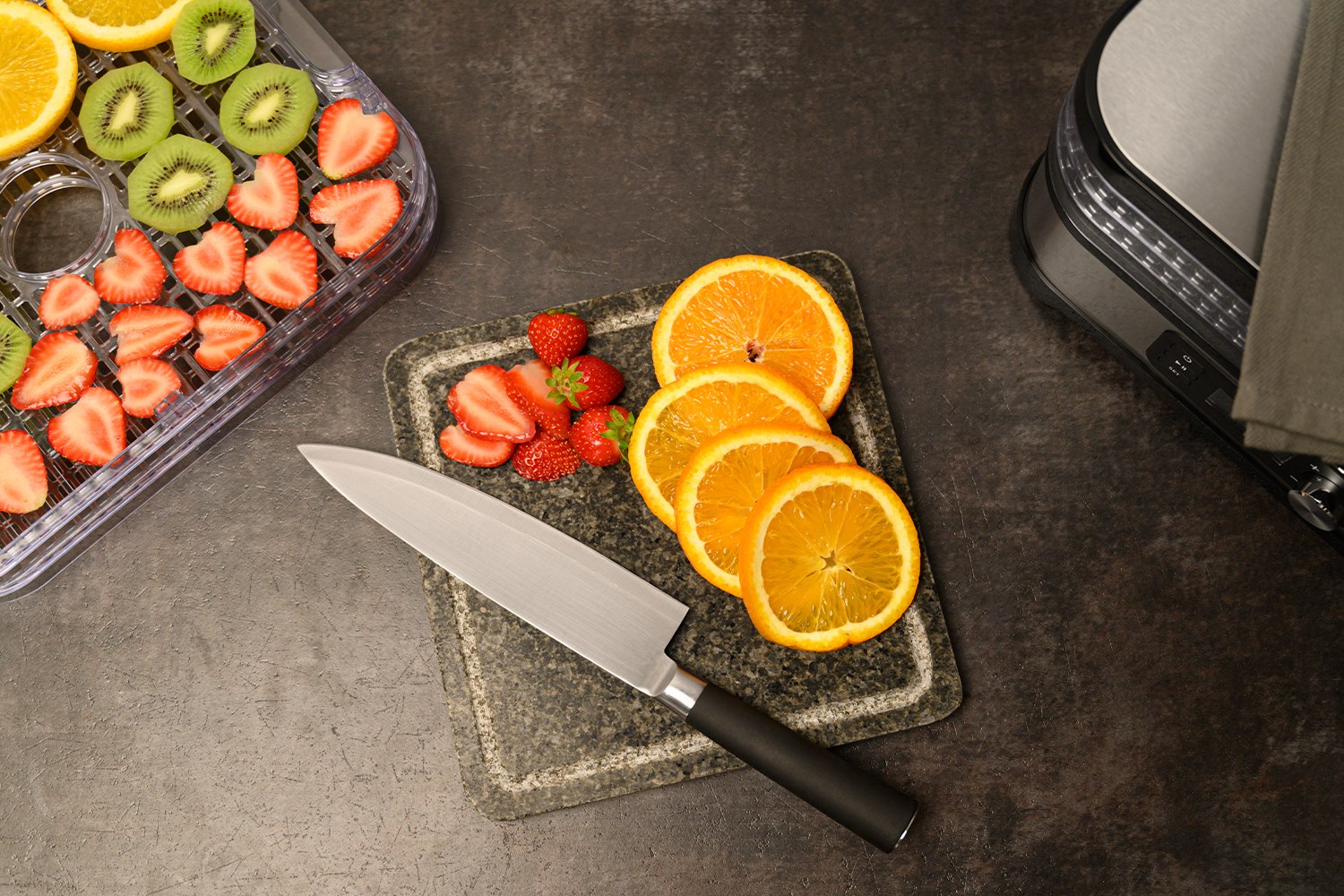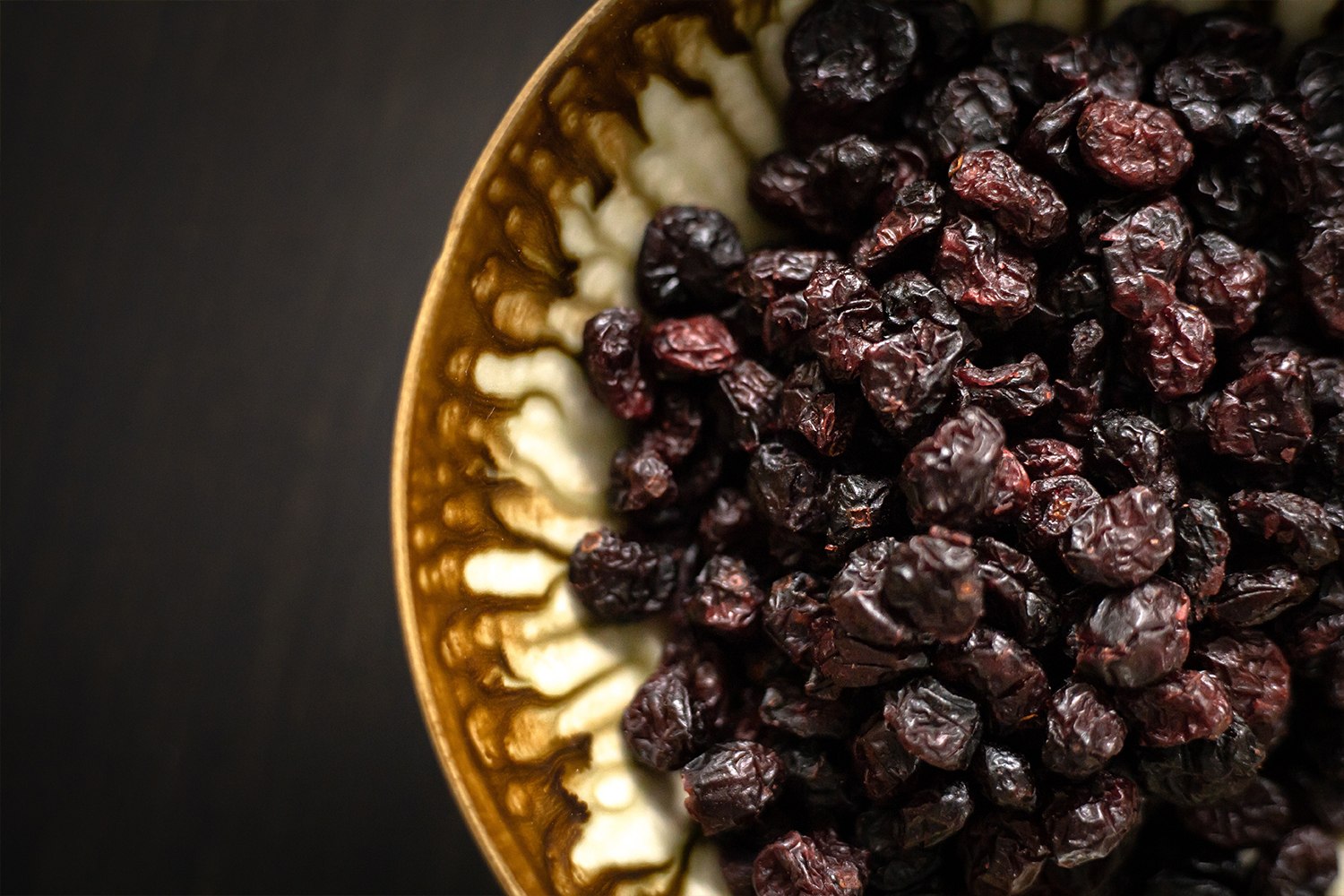What food dehydrator to buy?
2020-10-06 11:31:00
What food dehydrator to buy?
06.10.2020
Yoer advisor
Mushroom season is coming very soon. The ending of the summer is also a time of picking fruit and vegetables.
They can be frozen, pickled, preserved in jars. But to do when you don't have much time or a large pantry?
Drying mushrooms, fruit and vegetables in a food dehydrator is sure to help. Drying doesn't take much time, and storing dried goods doesn't take up much space. Sounds great, doesn't it?
Although the food dehydrator is traditionally used to dry mushrooms, it may also be used to dry a variety of other products.
If you're thinking about buying a food dehydrator but don't know what to look for when choosing a model, there are useful tips below. At the same time, you will find out how to dry mushrooms, fruit, vegetables, herbs, even meat.
A bit of history…
When thinking of traditional drying methods, long pieces of string with slices of mushrooms come to mind, or extensive bunches of herbs hanging from the ceiling in your grandma's attic.

Types of food dehydrators
It's a good idea to familiarize yourself with the basic types of food dehydrators in order to not get overwhelmed by the variety. Depending on the price and the target application, food dehydrators may be classified by:
- Shape:
- Rectangular: easy to store.
- Round: more popular, though difficult to store. Rotational round dehydrators can be found, whose racks spin around their axis to ensure even drying and to speed up the process.
- Drying methods:
- Ventilation with warm, dry air: warm air, generated by a heating element, is spread around the whole device by a fan to reach all the levels of racks. Food is dried from the outside in.
- Infrared radiation: a modern drying method, which accurately emulates the natural sun-drying process. The drying is even, and works from the inside out, keeping as many of the nutritional values as possible.
- Rack type:
- Metal: racks are made of stainless steel and are dishwasher-safe. The advantage of the stainless steel is in its high resilience to damage. The metal racks heat up quickly, which speeds up the drying process.
- Plastic: made of polymer. Relatively easy to clean, but not always dishwasher-safe.
- Lid position:
- Front-lidded: not unlike a microwave or an oven. Unfortunately, such construction makes it impossible to add extra racks.
- Top-lidded: the heating element is located at the bottom of the unit, while the lid resides on top. Many models allow for adding extra racks.
How a food dehydrator works
The working principle of a standard, reasonably-priced food dehydrator is relatively simple. The device is composed of a number of racks, arranged in layers. Usually, a heating element is located at the bottom of the unit, which generates heat. A fan spreads the warm air around the device, causing the gradual drying of the food inside it.

What does the efficiency of the process depend on?
As we mentioned, rectangular and round dehydrators can be found on the market. Aside from the visual aspect and ease of storage, they don't differ much. The number of racks, capacity and power of the device plays a much more significant role.
- Rack count – by default, food dehydrators equip 3-6 racks, while some models allow for installing extra racks or removing unused racks.
- Rack size – In theory, the bigger, the better, however, let's not forget that the device needs to be stored somewhere. Ideally, if a food dehydrator has the ability to collapse the racks, it means that their construction allows for inserting one rack into another, thus reducing the height of the device. Also, as far as storage is concerned, choosing a rectangular dehydrator, rather than a round one will be a much more convenient option.
- Rack height - short racks will make it impossible to dry thicker things, such as mushroom caps. Some models include the option to adjust rack height.
- Capacity - some manufacturers give the capacity in liters. If you're interested in large capacity, while retaining a relatively compact size of the device, the optimal capacity would be 11-12 liters.
- Power - has a direct impact on the effectiveness of the drying process. What power is appropriate? It all depends on your needs.
High-power devices come with a significant risk - if you can't control the temperature, thinner slices of food may be dried away into unappetizing shavings. It is important to remember, then, that high power is not the main indicator of a dehydrator's quality. A device with 400-450 W of power is an optimal choice.
- Power adjustment - some devices have 2-3 power steps. A thermal regulator, in the form of a control knob, is a considerably better solution. Optimally, the device should have an adjustable range of 35-70° Celsius – It's a temperature range at which most types of food are dried.
Optimal drying temperature depends on several factors: type of food, water content, slice thickness. If you're going to dry various products in the dehydrator, smooth temperature control is worth having.
- Even drying - it is imperative that heat be spread evenly around the whole device - otherwise, switching rack positions during the process will be a necessity.
The heating - ventilation mechanism is responsible for keeping temperature and its proper distribution.
- Power usage - High-power devices dry food quicker. On the other hand, powerful dehydrators come with the caveat of higher energy consumption.
If we use the food dehydrator sporadically, it won't have much of an impact on the house budget, however, if we use it regularly, a more power-saving solution may be worth considering.

What else to look out for when picking a food dehydrator?
Before choosing a model, check the parameters listed below, as well as additional useful functionalities, such as:
- Max operational time – Food drying is a relatively time-consuming process. Some products only require a few hours, while some need more than a day. The longer your dehydrator can work without having to stop, the better.
- Noise – quiet devices are an important quality of life improvement – they can be left turned on for the night, without having to worry about them waking up your child, for instance.
- Quality of the finish – although one shouldn't discuss tastes, the materials used to make the device are important to note. Check the polymer type used to make the racks. If at all possible, choose BPA-free ones, as the compound is toxic, especially to children. Moreover, stainless steel and modern design are also very nice touches.
Take note of whether or not the racks and the device body are see-through. That makes it easier to monitor the drying process without having to lift up the lid. Doing that often releases the warm air and decreases the effectiveness of drying.
- Automatic power-off – the timer will let you set the appropriate drying time for your products. The clock measures the time remaining while you don't have to tend to the device. This functionality allows you to leave the device turned on even for the night.
- Rack removability – makes it a lot easier to clean the device. Some models equip dishwasher-safe racks, which makes them easy to clean properly, which is important, especially after drying fruit.
- Overheating protection – a sensor automatically shuts off the food dehydrator should there be a risk of malfunctioning.
- LED display – enables monitoring the currently chosen settings.
The pros of the electric food dehydrator

How to dry food in an electric food dehydrator?
Pros of drying food
Dried food has fantastic nutritional and taste values. It retains most of its minerals, vitamins and anti-oxidants. Additionally, dried fruit contain lots of fiber, which facilitates proper digestion.
The process of drying allows you to enjoy the taste of your favorite fruit, vegetables and mushrooms all year round. You can even use them to enrich other dishes.
It's a way to prepare healthy snacks for the whole family: fruit and vegetable chips, porridge and cake additives. Mushrooms, in turn, will become the perfect base or addition to plenty of delicious, traditional dishes: sauces, soups, croquets, dumplings, meats, stews and many others.
Drying food at home is not only a way of prolonging its shelf life, but also ensuring that it doesn't contain any preservatives, taste enhancers and drying accelerators, unlike store-bought products.

How much does a food dehydrator cost?
When you already know that the food dehydrator is a useful device and that it makes it significantly easier to stock your pantry for the winter, you are surely wondering about the price.
A myriad of various devices with contrasting prices can be found on the market. Among them, there are simple, universal units, as well as ones equipped with additional functionalities.
Prices of food dehydrators start at several dozen PLN. Those are basic models, however, and may turn out to be insufficient with time. If you care about appropriate power, large capacity and the ability to control the temperature, a somewhat higher-grade device may be in order, because its better specs and power will have an impact on the quality of the dried goods. Prices of such devices vary from about 200 - 500 PLN, in case of household units, or even exceed 1000 PLN for larger, professional-grade equipment.
If you're interested in a YOER food dehydrator, click here
Autor:Yoer advisor
![[{[item.product.name]}]]([{[item.product.photo.url]}] 75w)
